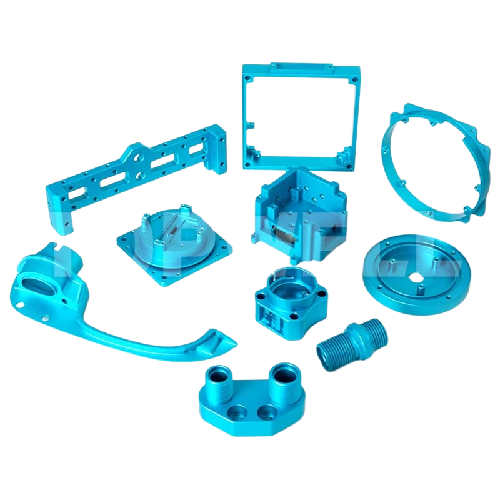Stamping at its core is an old manufacturing process, and metal stamping dates back centuries. This evolution has been driven by technological advances that have enabled incremental improvements to the part production process in terms of both tolerance and flexibility. Designing metal stamp parts is a multifaceted process that combines creativity, technical understanding and in-depth knowledge of materials as well as forming methods. This guide will touch upon the intricate world of metal stamping design, focusing on stipulations that enable innovative and cost-effective solutions.
Innovative Designs For Metal Stamping Parts - Key Factors
A deep-seated innovation in metal stamping from the ground up is kick-started when the function of what it serves, where will operate and how long a life cycle must achieve. Designers are required to work with DFM (design for manufacturability) concerns that guarantee quality and cost does not overshadow the production of design. Simplicity and ruoting out complex designs, through methods such as part consolidation (combining parts) can lead to easier tooling control for the manufacturer. Adopting 3D modelling and simulation software, meanwhile, enables designers to realise those designs in a digital world - providing ample opportunities for solutions without the need real-world prototyping.
How to achieve accuracy in your Metal Stamping Design
In the practice of metal stamping, accuracy is extremely important. One of the most important things, nearly on a daily basis, is managing tolerances because even smallest differences can result in deficient parts. Clear communication between design and manufacturing teams is ensured by implementing GD&T (Geometric Dimensioning and Tolerancing) standards. Intermediate in-process inspection and precision measuring equipment ensure consistency during production runs. In addition, dies require regular maintenance and calibrations to maintain accuracy with the process over time.
Selection of Suitable Metals for Stamping
The success in metal stamping projects is very dependent on the materials selected. Materials typically range from steel, aluminum and brass to copper-each possessing unique properties affecting formability strength and corrosion resistance. Depending on the material you are stamping, its thickness and strength will play a factor in both your tool requirements and how well it can be stamped. Thinner gauges, for instance may require less force but could be prone to wrinkling and tear. It is necessary to carry out tests for the materials of production, in order that there won't be any mismatches if they are compared with design/tooling specifications.
Metal Stamping Design with Step-by-Step Guidelines
Visualize and Spec: Share a cross section of the types, measurements, performance requirements.
Design Sketching & 3D Modeling : Perform initial sketch followed by detailed design in Solid works (DFM)
SimulationTesting:Use FEA(Finite Element Analysis) to simulate forming processes, find points with greater stress concentration and get optimized design.
Final Design: Integrate this input into a final design Tooling Design. Generate die and punch designs tailored to the final part, ensuring for accurate fitups & clearances
Build Prototypes: Prepare and prototype testable proof of concepts on experience design functionality and manufacturability.
Refinement: Using the prototype to design and tooling iteration for Improvements.
Production planning: Create a schedule for production. Source materials, control quality during manufacturing process etc
How to Effectively Minimize Costs of Metal Stamping Part Production
Cost Optimization - The earlier the better:_costsavings-costoptimizer-fig1 Cost is obviously the main factor, and when the design of a product can be simplified; parts count reduced along with manufacturing processes it costs less. Creating standardized sizes of material makes it easier to purchase in batches, and saves costs by minimizing waste. There are multi-stage toolings that can do 2 or more operations in one die set which improves the efficiency as well reduces handling cost. Lean manufacturing practices reduce waste and improve efficiency. Long-term cost effectiveness with continuous improvement (regular process reviews, tooling optimizations ) of the same.
All in all, it takes a bit of art and science to design the perfect metal stamping part. With the company's innovative approach to manufacturing, precision and ingenuity in metal selection, meticulous design strategies as well as cost-effective techniques soon manufacturers can affordably harness the true power of Metal Stamping technology providing top quality parts at very competitive pricing. Keeping abreast of new design methodologies and materials will be mandatory if the industry wishes to keep up with its rapid evolution, even as technology advances faster.





 ONLINE
ONLINE